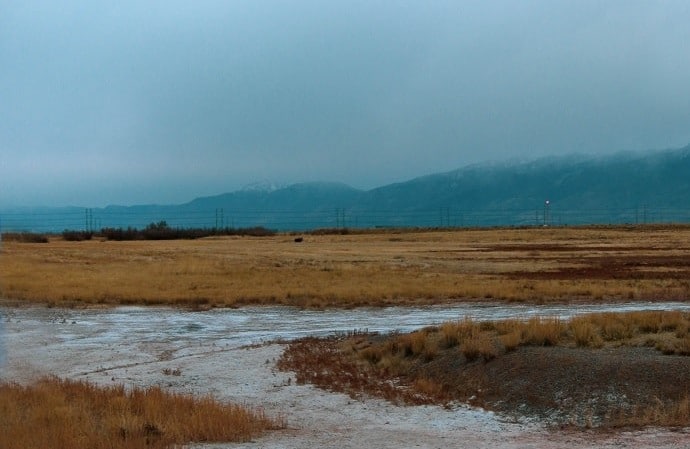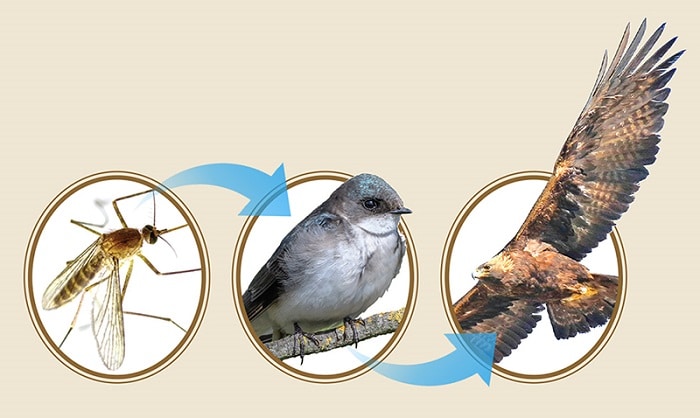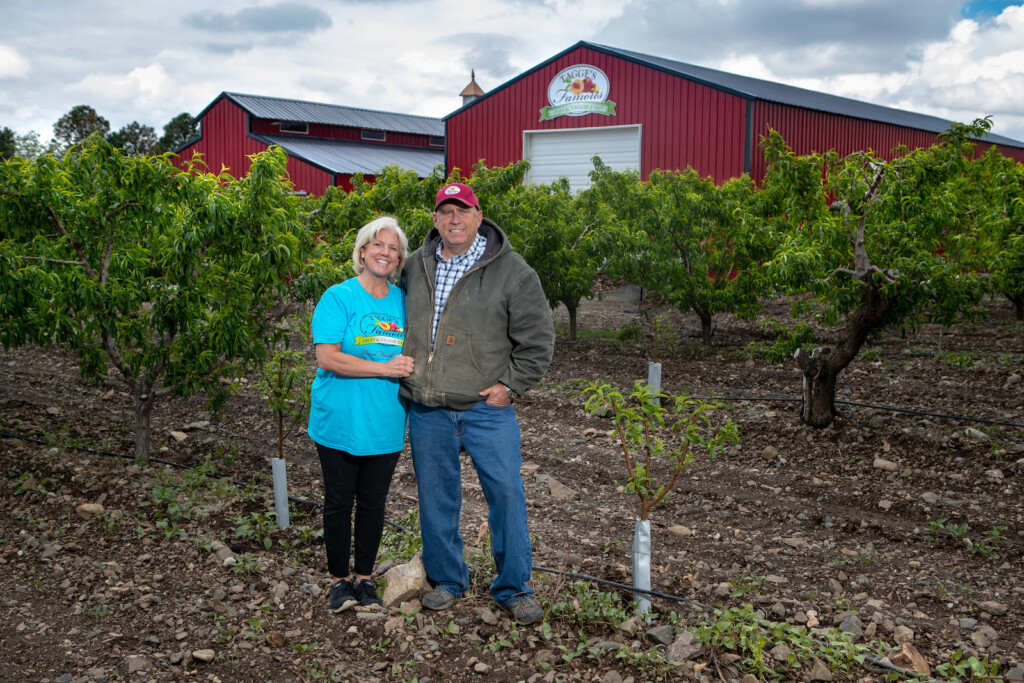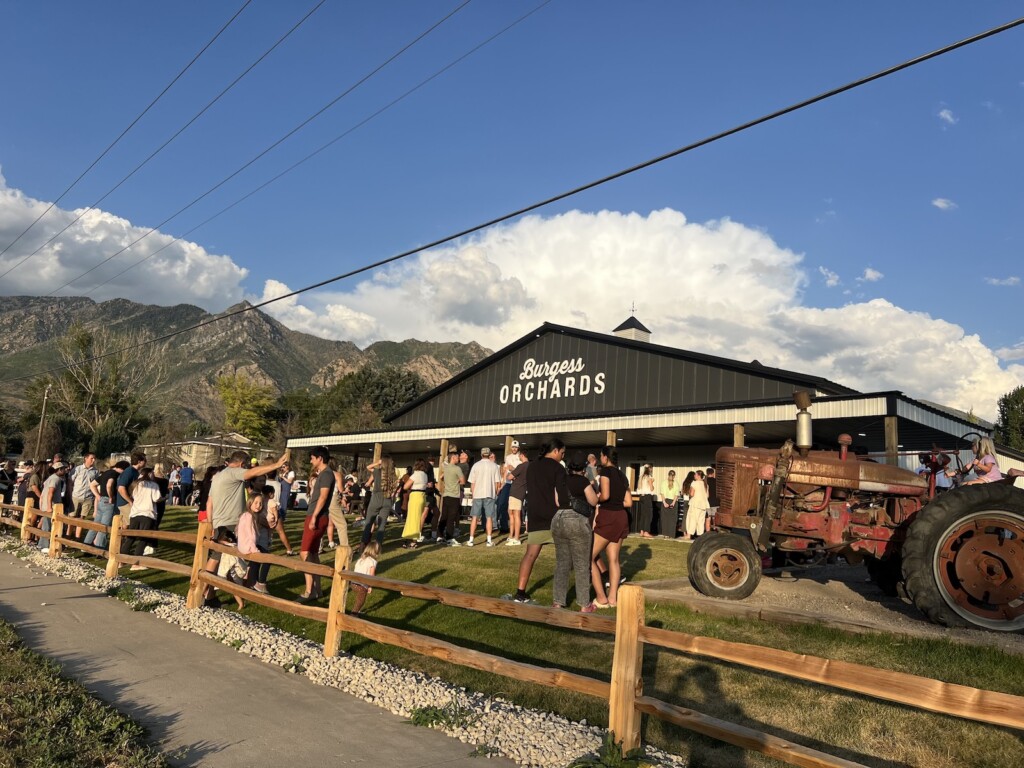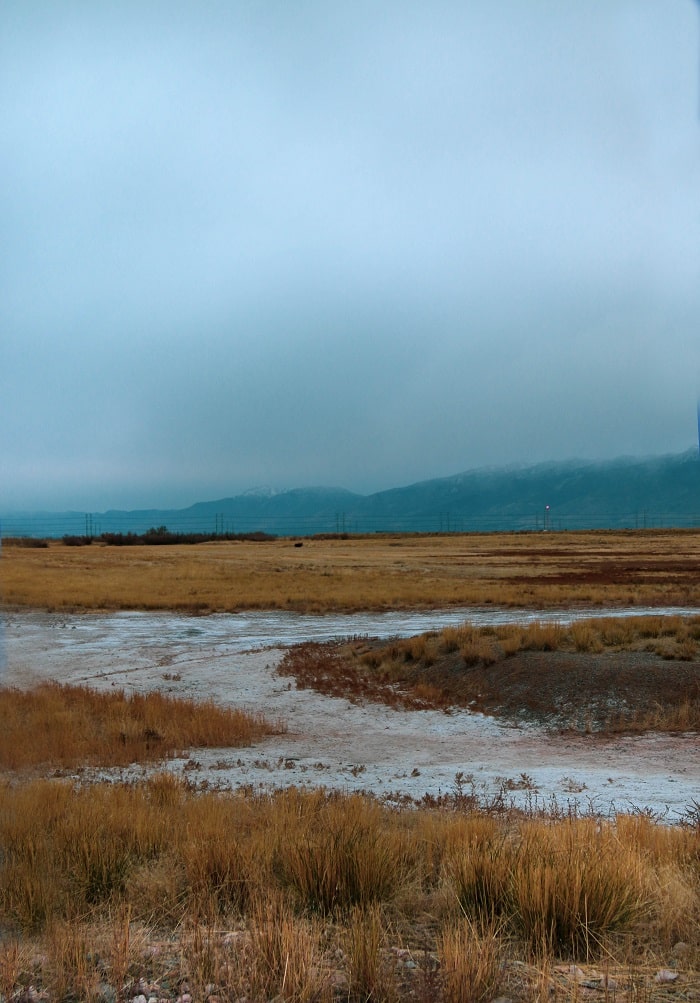
Salt Lake’s contentious inland port will undoubtedly impact the quality of life for City residents, especially those who live at the lower elevations along the Wasatch Front. It will add hundreds if not thousands of additional semi trucks to our roads, hundreds of additional jumbo cargo airplanes to our airways; and massive amounts of pollution to our air—which has been found to have higher concentrations of particulate matter and chemicals than some of the worst airsheds in the world. Why should we trade our ability to breathe and our quality of life for this half-baked, asinine idea of a massive inland port where our migratory birds feed? While there has been a lot of discussion and debate around the inland port, we don’t feel that it has received the proper media scrutiny that it deserves.
Why is this?
Speaking only for myself, I don’t have a proper in-depth understanding of the law. But in the spirit of citizen journalism, I would like to make a call-to-action for readers and listeners to help us.
What I admittedly don’t understand boils down to one basic question, but one question I will break into six parts. Here they are:
1. How and why does the state of Utah, the Governor and the State Legislature, have the power and jurisdiction to decide that we in Salt Lake City need an inland port?
2. Why should leaders who mostly live in higher elevations—away from the affected area— have the authority to decide that this area and the surrounding areas in lower elevations (where more low-income people live) should be adversely impacted by a 16,000 acre shipping and receiving center taking in thousands of trucks and airplanes?
3. The committee members of a group of people called The Inland Port Authority will have most of the power and jurisdiction over the Inland Port. Why do members of our State Legislature and our Governor’s office have the authority to appoint committee members who will essentially have more power as unelected leaders than our properly elected Mayor and City Council?
4. As outlined in the Constitution of the United States, we live in a democratic republic. We democratically elected our leaders, and if their job is to serve us (and not their special interests), why wouldn’t they simply ask us—by ballot initiative— if we want to invest billions of dollars and 16,000 acres of wetlands into a polluting inland port?
5. The inland port will generate a huge tax increment for the state, not Salt Lake City. Shouldn’t Salt Lake City and its residents be the primary benefactors of the tax increment?
6. The State’s reasoning behind moving forward with the inland port is that it will “create jobs”. How or why is it the government’s job to create jobs? I thought that the job of the government was to pass laws that protect and preserve our rights and freedoms. Furthermore, the economic duty of our elected leaders is to preserve capitalism and the free market; so why should the government be in the business of deciding what type of jobs our so-called “free market” should create? In other terms, please tell me, my dear elected leaders: Who is dying to work at the inland port? Do we have droves of out-of-work longshoremen desperate for these jobs? What niche will these jobs fill, and more importantly, why isn’t the government focused on preserving and protecting our free-market rather than diminishing the free-market’s integrity by picking winners and losers?
In the coming weeks, I want to attempt to find answers to these questions. I hope that you (the reader, listener, watcher), if you happen to be well informed (which I know most Utah Stories audience is), might help me by answering these questions to the best of your ability. Or, if you happen to know someone who might be able to assist me in answering these questions, please forward this video to them.
Utah Stories was started in the spirit of Citizen Journalism, filling in the cracks that are left behind by our obliterated news outlets who produce far less local journalism than they once did. It’s our goal to empower residents to take back the reins of government from special interests and corrupt political leaders and demand that they return to doing our bidding.
Ecological Problems With the Inland Port
Bugs, birds and humans will all be affected by the inland port’s pesticide requirements.
Construction of the prison and the inland port are underway. Kudos to the Salt Lake Tribune’s Taylor Stevens and Bethany Rogers for getting the inside scoop on the challenges that construction workers are facing with the huge flocks of mosquitoes and the potential problems additional mosquito abatement will cause to the Great Salt Lake’s migratory bird ecosystem.
Since 1923 Salt Lake City homeowners have paid for the “mosquito abatement program”. Today it’s $7 for every $100K of home value. This amounts to nearly $4 million for spraying insecticides in and around the Great Salt Lake to protect mostly airport workers from the deadly West Nile virus. This may sound like an excessive amount for bug spray, but it’s actually far too little compared to what it will likely cost to maintain a “safe” environment for workers who will need to be outside in and around the inland port and the prison. Further, the unintended consequences and environmental impact of spraying additional massive amounts of insecticide is not included in this cost.
Killing Mosquitoes = Killing Birds & Humans?
The Great Salt Lake is not only one of the world’s most important bird migratory areas, but it is also one of the most abundant breeding grounds for mosquito larvae. It turns out that birds (unlike humans) love mosquitoes.
Remove the mosquitoes and the result is that swallows, ducklings, brown bats and dragonflies all lose an important food source. Take away the swallows and dragonflies and then the famous Great Salt Lake Golden Eagles –that attract so much attention from bird watchers— don’t have enough food. In other words, a lot of birds will likely be the casualty of protecting humans to work in and around the prison and inland port areas.
It’s estimated that the current tax rate for mosquito abatement will not suffice for the upcoming problem of humans attempting to live and work around such a large population of mosquitoes. Prisoners, prisoner support staff, inland port workers, and all of the support staff working in the northwest quadrant’s 16,000 acres will amount to thousands of people who need protection. This protection in the form of a spray, according to Dr. Brian Moench, who was recently on the Utah Stories Podcast, can cause neurological disorders. Inevitably this will result in creating an unhealthy work environment for humans and a far less healthy ecosystem for the Great Salt Lake’s migratory birds who we host every year.
According to the Journal Science in the past 50 years, North America has 3 billion fewer birds. Light pollution is a major cause; but insecticides, pesticides and factory farms and industrialization of habitats and ecosystems are other major factors. If we want to protect Utah’s greatest asset—the inland port and the ongoing development of our wetlands is a very bad idea.
A Note on Construction Foundation
Swamps and wetlands don’t support huge structures without huge costs. There are certain soil conditions that prove to be extremely problematic for structural engineers. One of the most difficult types of environments is former lake beds, swamps or areas otherwise used for alluvial drainage. Online construction forums that discuss building on top of former or current wetlands or swamps recommend amending or replacing soil with sand or gravel. Is this how they are constructing the infrastructure for the prison and the inland port? Not exactly, but they are quickly coming to realize that this is a much bigger problem than what they had estimated. According to former Salt Lake City Planning Commissioner and UTA Board member Babs Delay, construction costs for the prison have already doubled. When it’s a homeowner’s money on the line, and they realize a potential problem in their build site they will usually choose to build somewhere else. When it’s taxpayer’s money on the line, our Utah Legislature is okay knowing that there will likely be huge budget overruns when they encounter failed compliance when their structural engineers come out to examine the long-term integrity.

